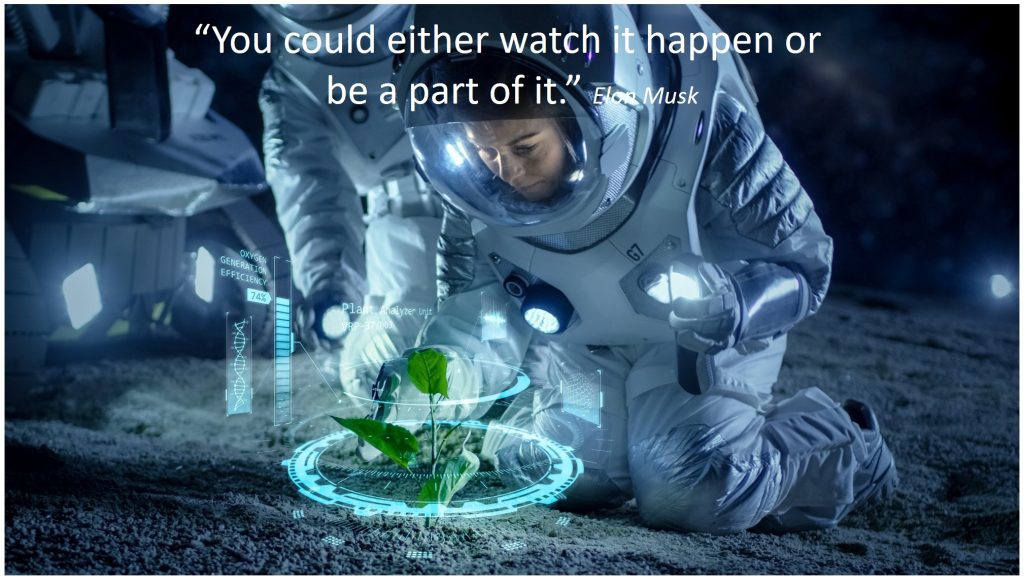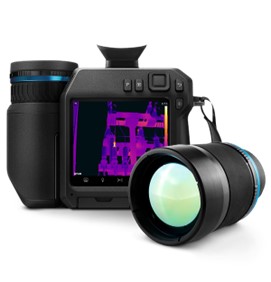
In the last ten years, space organisations globally, along with new market players, have made it easier to access space for scientific and technological research. This movement towards making space more accessible has attracted a broader spectrum of scientists who were previously unaware of the possibilities for conducting experiments in space. This growing group includes experts from various fields such as biology, physiology, pharmaceutical chemistry, fluid physics, soft matter, and thermodynamics, although this list is far from complete.
However, many researchers from this broadened community may not completely grasp the intricate requirements for setting up and carrying out space experiments. CRESTLAB has been established to provide an extensive research platform to assist both academic and industrial sectors in designing, preparing, and performing benchmark experiments on Earth, which can then be modified for different space environments—whether it be in microgravity, lunar or Martian gravity, or hyper gravity.
CRESTLAB is structured around four specialized laboratories—Life Sciences, Material Sciences, Physical Sciences, and Data Science—along with two technical workshops. These facilities boast advanced instruments and support services that cover all phases of space experiment planning, from the initial engineering design and breadboard construction to early testing and data analysis.
Along with the technical support offered by our experts at CREST, here is a list of some major equipment available at CRESTLAB to help design space experiments:
FLIR T840
Brand: Teledyne Flir
Description: High-Performance Thermal Camera with Viewfinder. The FLIR T840 infrared camera is designed to help thermography professionals. Thanks to an integrated eyepiece viewfinder and a bright 4-inch color LCD display, the T840 makes it easy to conduct inspections outside in bright, challenging light conditions. Pair the T840 with a FLIR FlexView™ dual field of view lens for the convenience to instantly switch from wide-area to telephoto scanning. A 6° telephoto lens option is also available to ensure accurate temperature measurement of small targets from farther distances

